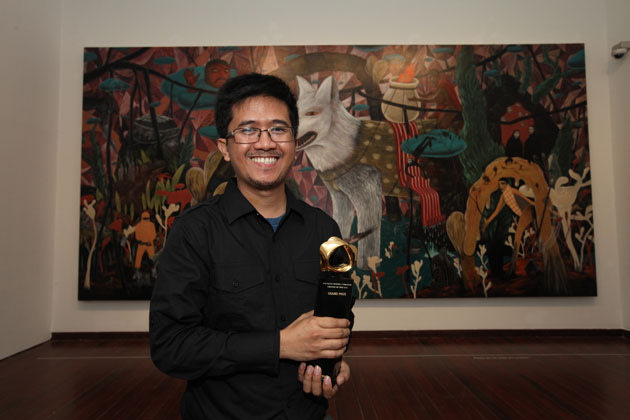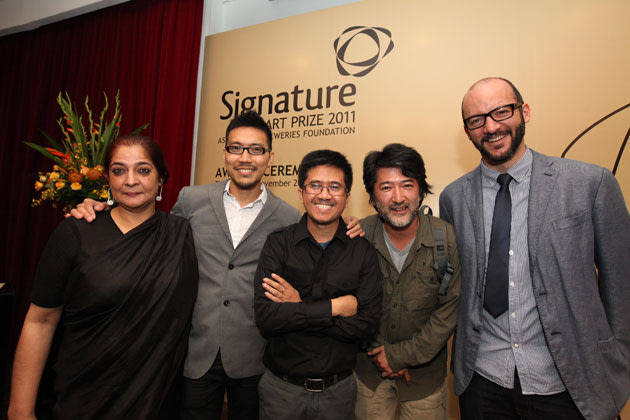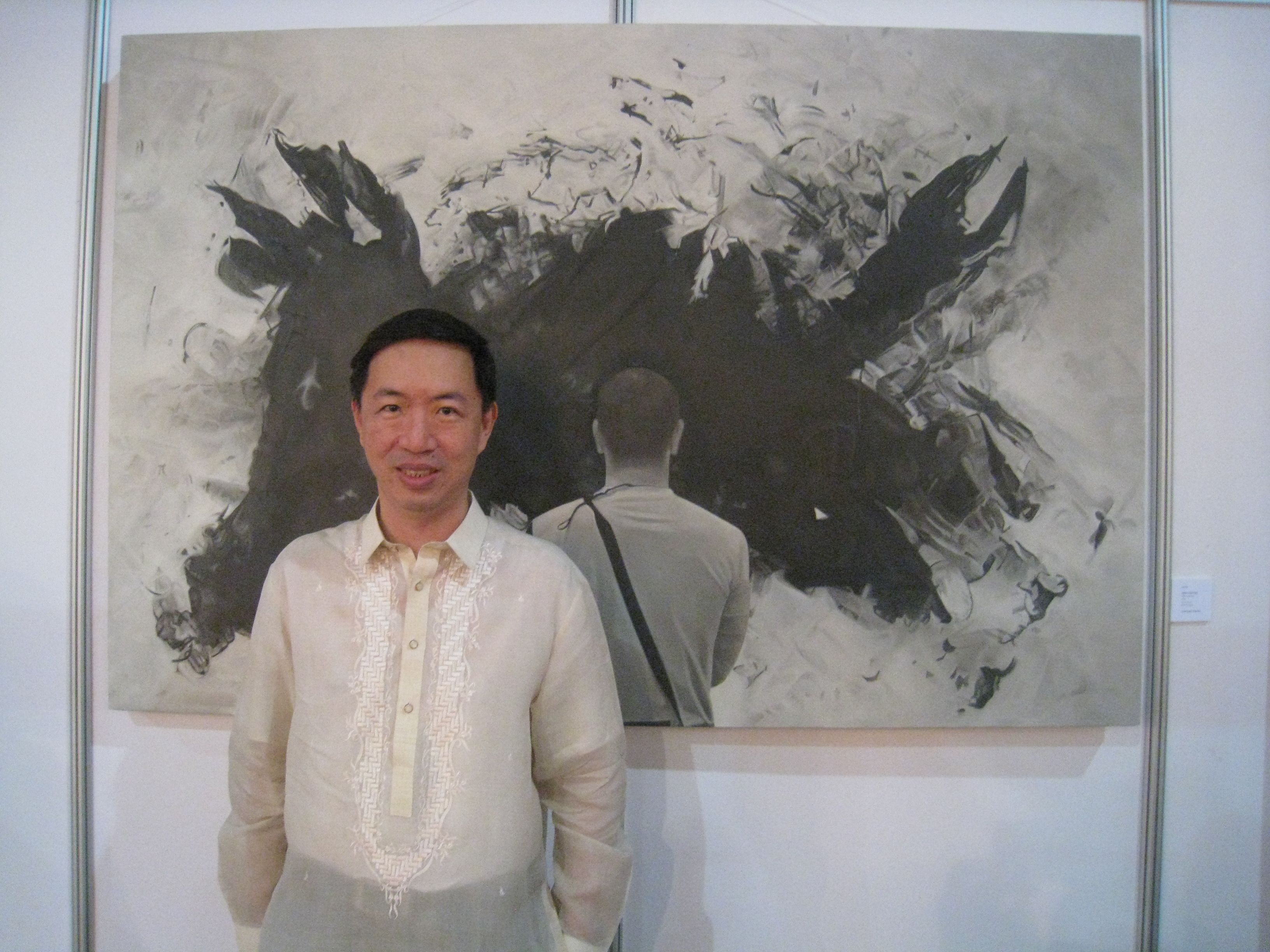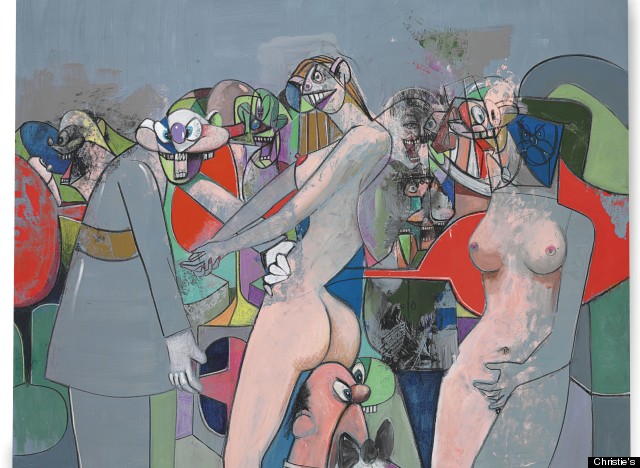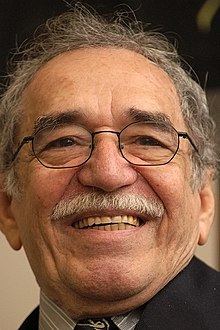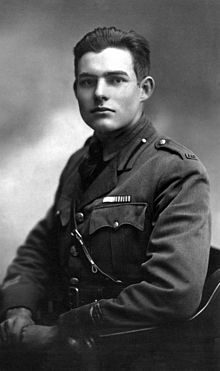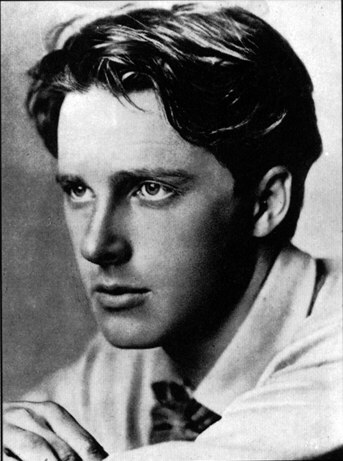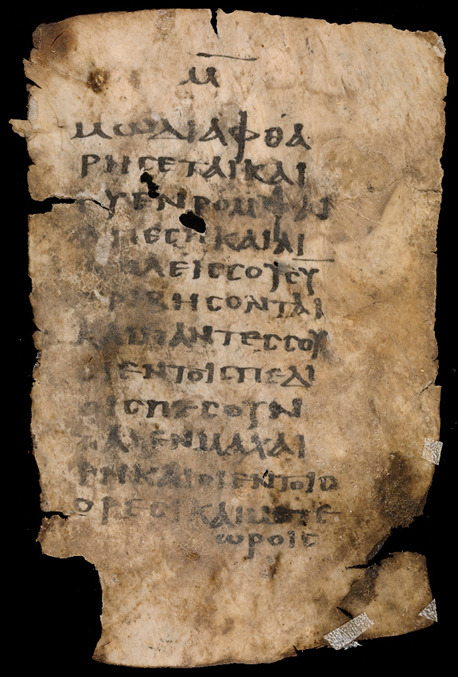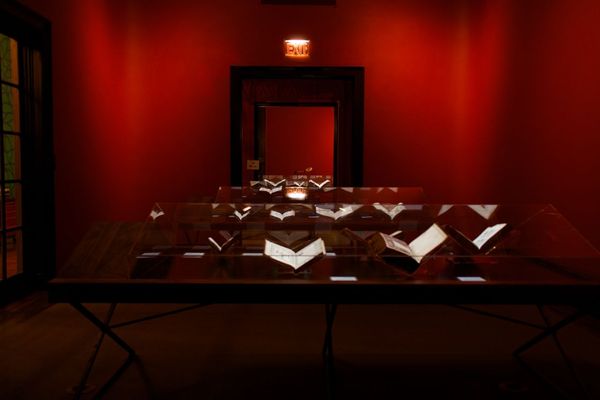Jon Jaylo is a topnotch painter from the Philippines. His unique, often thought-provoking, poetic, philosophical and sublime works have been exhibited in Asia and Europe in recent years.
I admire Jon Jaylo as an exceptionally-gifted artist with profound ideas, vision and uncommon eloquence.

This "Immaculate Deception" work (depicted below) of an intriguingly beautiful woman was the first ever painting of Jon Jaylo which I saw at the Boston Gallery in Quezon City of the Philippines one afternoon around August 2009. It was already reserved by a buyer. I immediately texted an SMS message to art writer Giselle "Gik" Kasilag (artistic collaborator of writer Susan de Guzman) if she knew this artist.
Gik said Jon Jaylo was his friend, and she will check if he has works for sale.
Later on, days later, she and coincidentally Jon Jaylo later recommended that I buy a work of another talented artist named Ronald Ventura since his style is similar. I had then first researched the background of Ronald Ventura and I also liked the particular oil painting entitled "The Champ" by Ventura they had offered to me that time. This was a Ventura resale from an art collector, who preferred to remain anonymous. That Ventura oil painting was the first serious art work I had bought, that was in 2009, upon the suggestion of Kasilag and Jaylo.
However, I still waited for the day I will acquire my first Jon Jaylo work....
***
Here's the first Jon Jaylo work I had earlier seen and immediately liked ...
Title: IMMACULATE DECEPTION
Medium: Water Mixable Oil & acrylic on canvas
Size: 24in x 12 in
Model:Torj
Concept shot @ Art Movement Studios
I admire Jon Jaylo as an exceptionally-gifted artist with profound ideas, vision and uncommon eloquence.

This "Immaculate Deception" work (depicted below) of an intriguingly beautiful woman was the first ever painting of Jon Jaylo which I saw at the Boston Gallery in Quezon City of the Philippines one afternoon around August 2009. It was already reserved by a buyer. I immediately texted an SMS message to art writer Giselle "Gik" Kasilag (artistic collaborator of writer Susan de Guzman) if she knew this artist.
Gik said Jon Jaylo was his friend, and she will check if he has works for sale.
Later on, days later, she and coincidentally Jon Jaylo later recommended that I buy a work of another talented artist named Ronald Ventura since his style is similar. I had then first researched the background of Ronald Ventura and I also liked the particular oil painting entitled "The Champ" by Ventura they had offered to me that time. This was a Ventura resale from an art collector, who preferred to remain anonymous. That Ventura oil painting was the first serious art work I had bought, that was in 2009, upon the suggestion of Kasilag and Jaylo.
However, I still waited for the day I will acquire my first Jon Jaylo work....
***
Here's the first Jon Jaylo work I had earlier seen and immediately liked ...
Title: IMMACULATE DECEPTION
Medium: Water Mixable Oil & acrylic on canvas
Size: 24in x 12 in
Model:Torj
Concept shot @ Art Movement Studios
Collection of Mr. Bobby
Boston Gallery Aug 8, 2009
Exhibition Design: Mr.Ruel Caasi

This painting below is one of the most beautiful works of Jon Jaylo, a definite masterpiece...
Title: OF SAINTS AND SINNERS
Medium: Water Mixable Oil
Size: 30 in x 48 in
Year: 2009
Model: Torj & MItch
Collection of Mr. Wilson Lee Flores
Location: Southwing Lobby, House of Representatives, Quezon City, Metro Manila, The Philippines
Exhibition Design: Mr.Ruel Caasi

“Of Saints and Sinners” is basically an imagery that is meant to confuse its viewers with the two clashing perspectives of what is good and what is evil.
At first look, one would already wonder and present attempts at deciphering the symbolisms masking the totality of the painting. The artwork itself is an enclosed mystery to be solved, with a question so simple, yet it never fails to decieve us all.
According to Jaylo, the figure on the left of the piece is evil personified, a dark shadow hiding beneath a façade of sinless beauty trying to tempt the character sitting next to it. “The face is almost angelic, proportionally beautiful in all aspects, but it’s quite noticeable that the smile is also very deceptive,” the artist says.
“The painting is set a few moments before the presence of dawn, perhaps the time where darkness and light meets and exchanges positions. It is very apparent that the lady in black is trying to convince the figure clothed in red. She wants her to stay in the night, where darkness triumphs within the absence of light, “ he continues.
If the painting is to be studied, a sense of parallelism between the halos is surprisingly present. However, the “sinner” reveals its true form within the black roman numerals engraved on her false radiance. “Evil has an ending. The numbers represent time. While good, as was mentioned in the bible, shall exult itself and live forever, past eternity"
The white piece of cloth resting on its elbow is softly tainted with blood, which connotes corruption and the dying of chastity. The “saint” on the other hand, is shown deep contemplation. This just shows that there is no such thing as concrete good. Man is always susceptible to the distortion of faith, because, it’s just the natural tendency of things. The good is prone to turning evil as evil is inclined to turning into good. Darkness would always choose to captivate and influence kind, god-fearing people.
"Of course, it’s a philosophical redundancy to corrupt the bad, for there is nothing left to corrupt inside their black-hearted souls, ” Jaylo explains.
“The snake is very wise, it would never instantly reveal its erectile fangs when preparing to sink it into his victim's skin and inject its secreted venom. Instead, it slithers slowly and quietly, trying to deceive its prey, and camouflaging within its environment. Like the 'Sinless Temptress', it would always blend in with its victims, pretending to be a mirror image of them, God-fearing, kind, and exquisitely angelic, like a wicked fiend dressed in sheepskin ,” he adds.
Sometimes, good-willed Samaritans could turn out as closet monsters, feeding an inner demon with their self-constructed mask of falsities and lies.
In this archaic masterpiece, Jon Jaylo simply depicts the immortal conflict of good versus evil in a classic dark, gothic fashion, guised with a hand-carved black wooden frame, to further emphasize its medieval, old world feel. Because in the void of its mystery lies a debris of hypocrisies, falsities, fake smiles, and hateful eyes. So in the end, we all recline confusion, asking ourselves: “Who’s the real Saint and who’s the real Sinner?

This photograph from the January 18, 2010 issue of the newspaper Philippine Star. The caption below from the same newspaper...
Writer and realty entrepreneur Wilson Lee Flores with painter Jon Jaylo, front-running Quezon City Vice Mayor candidate Joy Belmonte, newscaster Precious Castelo and Zamboanga Congresswoman Beng Climaco before the oil painting “Of Saints & Sinners” at the November 16, 2009 “Art for Youth’s Sake” charity exhibit in the Philippine Congress by Quezon City Councilor Winnie Castelo and wife Precious.
This Jon Jaylo oil painting entitled "Of Saints and Sinners" was bought by Wilson Lee Flores in support of the socio-civic project of Castelo to benefit the urban poor youth of Quezon City.
Quezon City Mayor Sonny Belmonte in that same occasion told Wilson Lee Flores that he and his late wife, the late Philippine Star co-founder Betty Go-Belmonte, acquired their first serious painting as a gift from the late National Artist Ang Kiu Kok when he wasn’t that famous yet and after his wife had convinced the late Equitable Bank founder Go Kim Pah to buy a work by Ang.
 |
Once again, congratulations to the accomplished, talented and philosophical artist Jon Jaylo.


